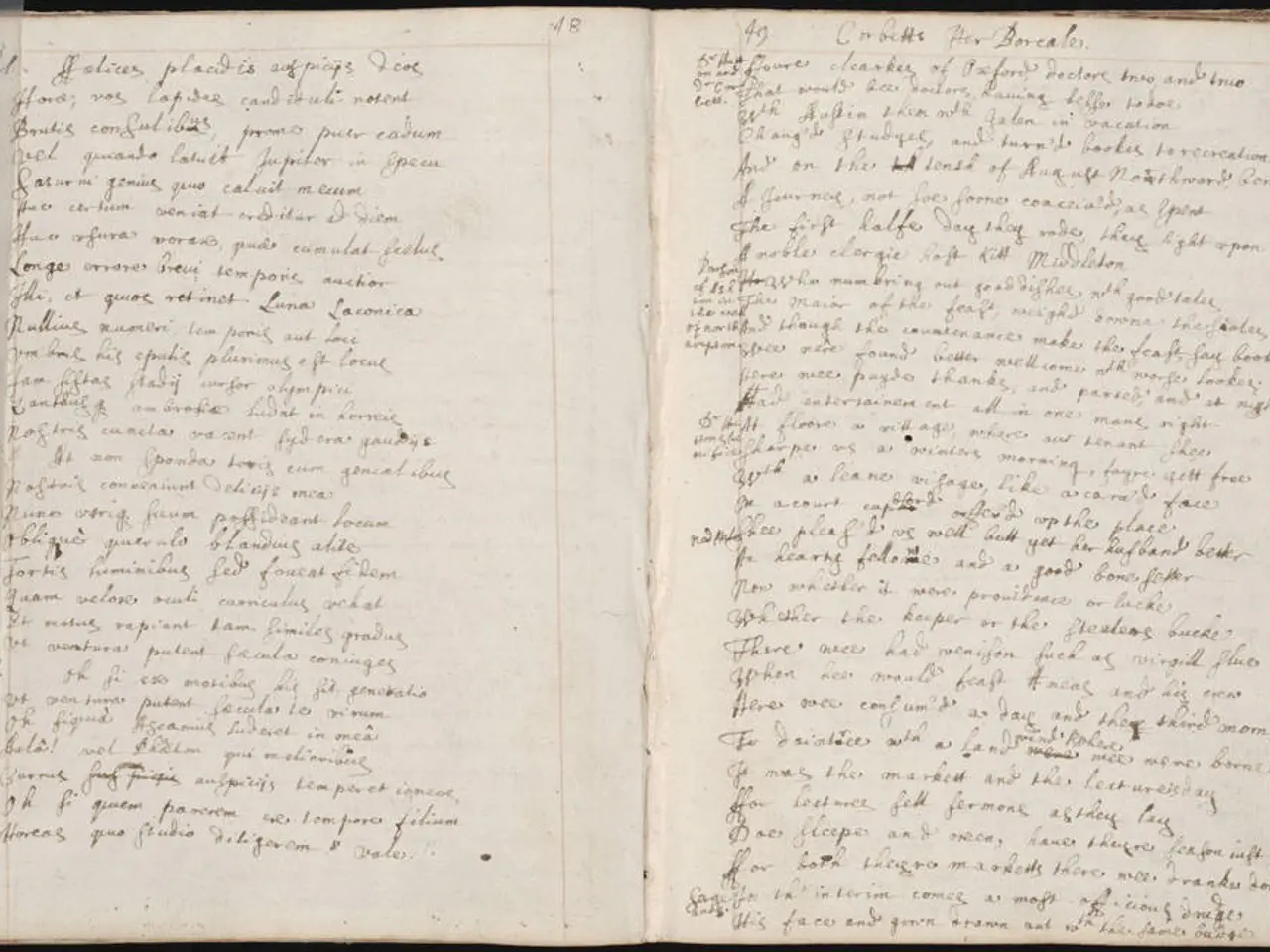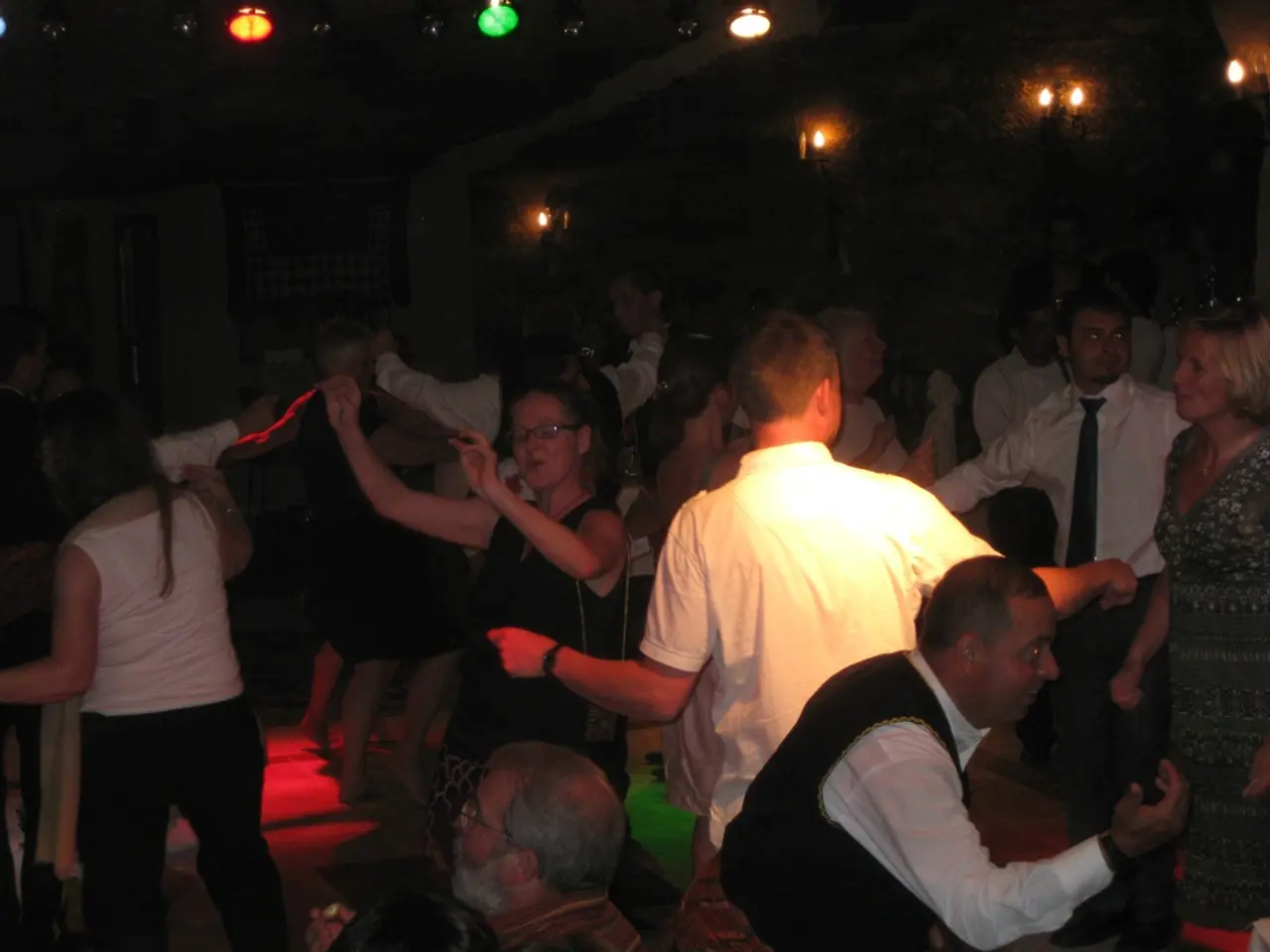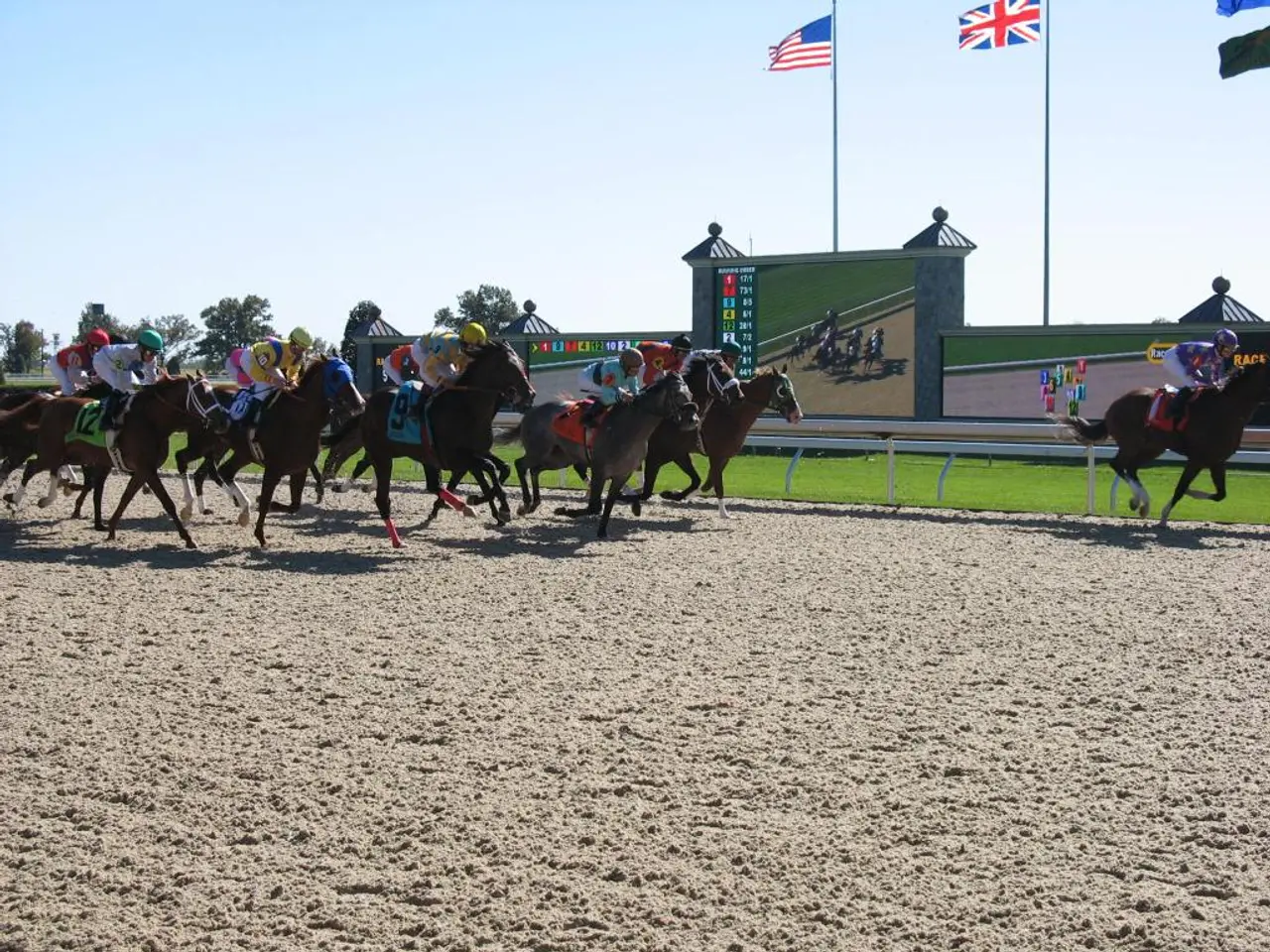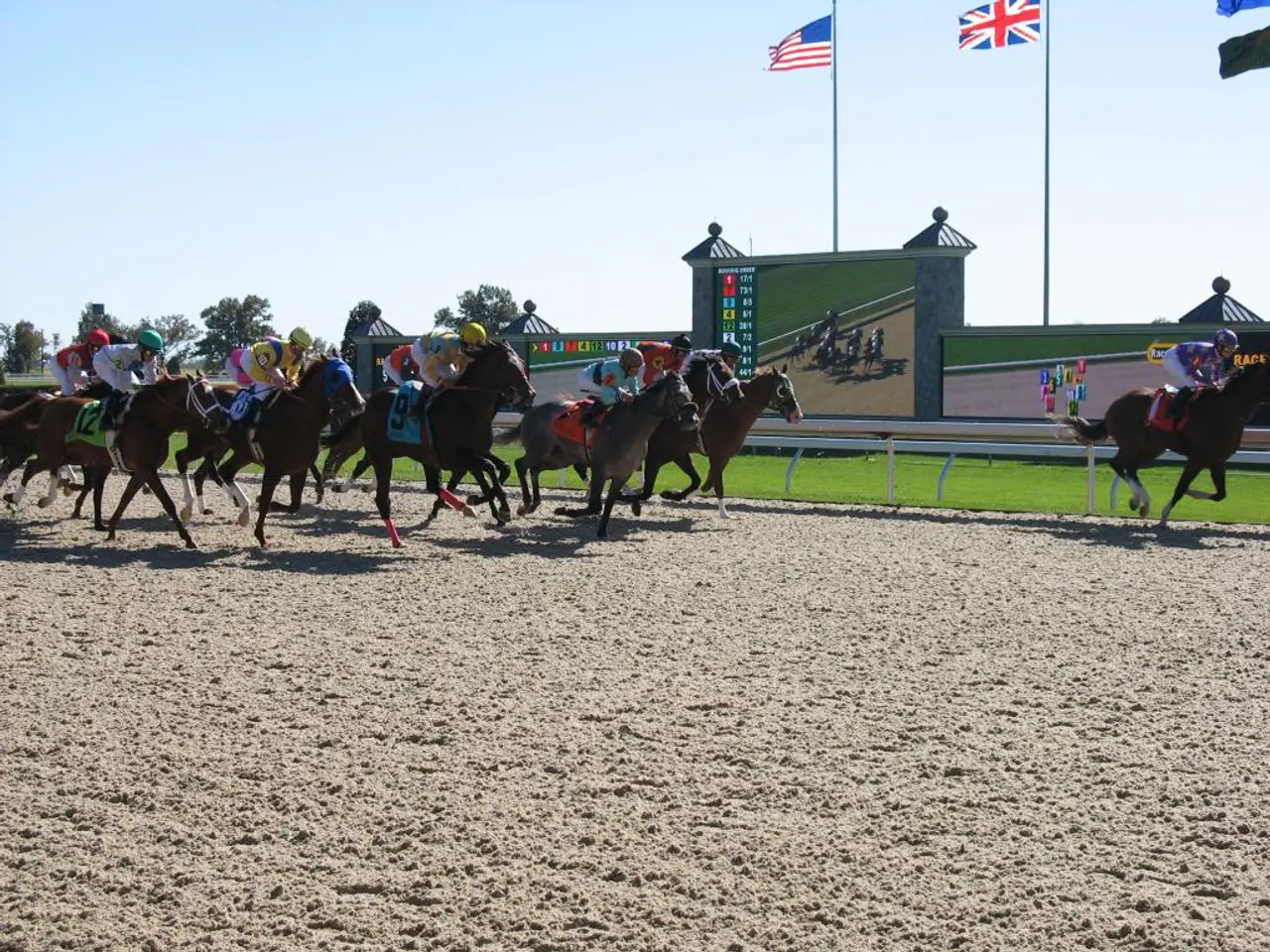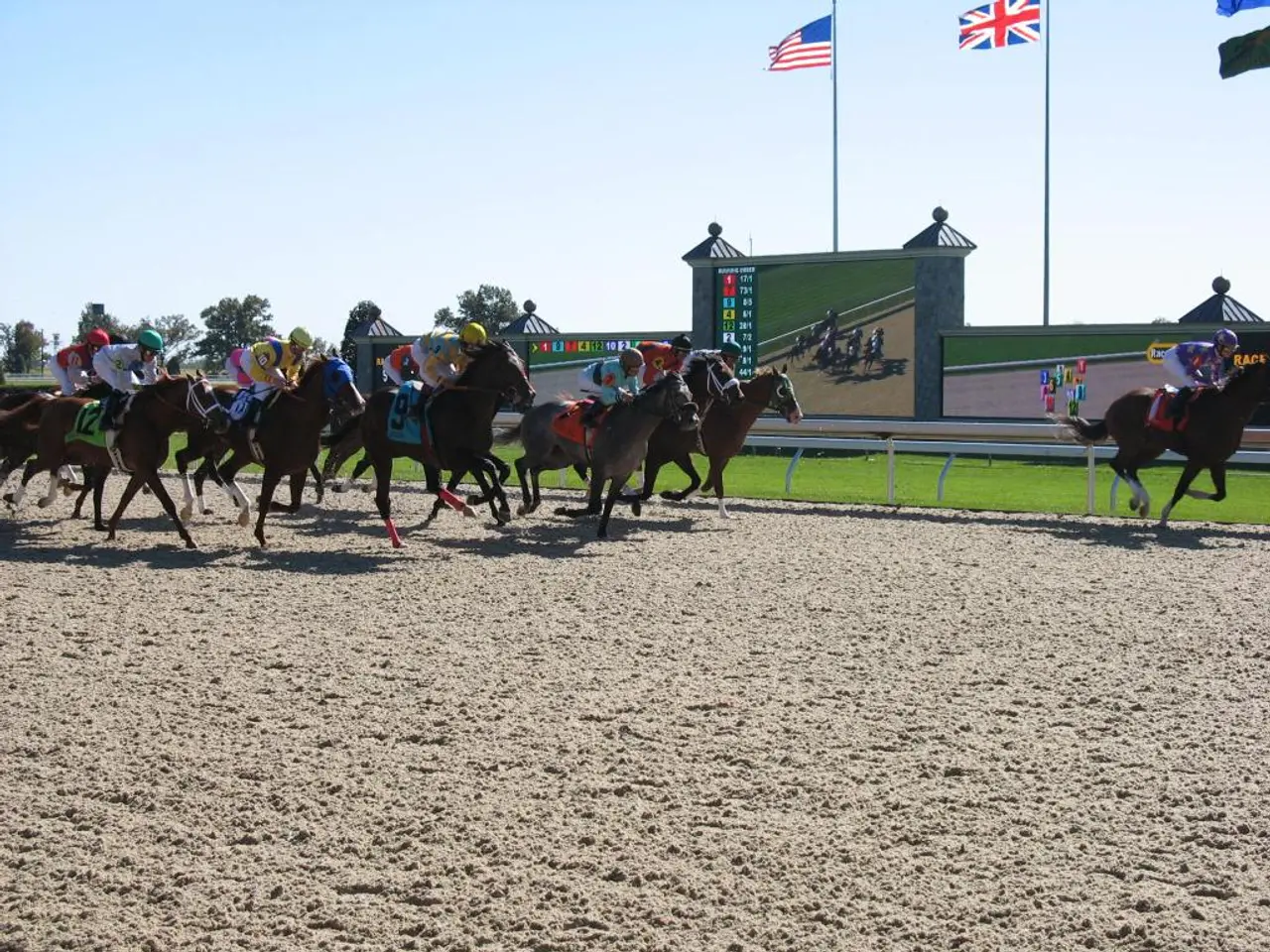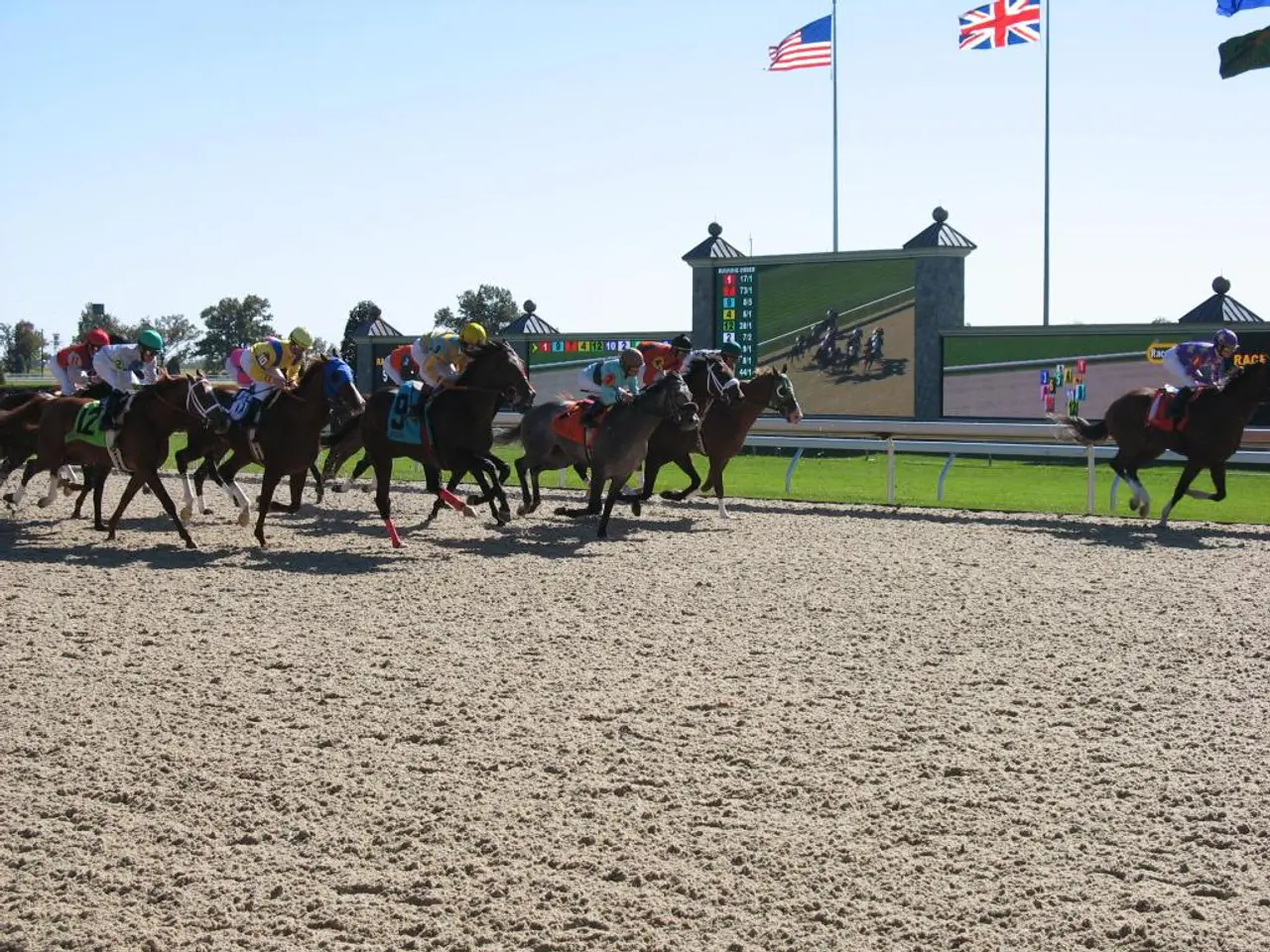Exploring the Artistry of Poetic Composition
====================================================
Poetry, a form of creative writing, has a rich history filled with diverse traditions that have shaped literature over the centuries. These traditions, each with their unique elements, have contributed significantly to the art of poetry.
Heroic Elegies
Originating in ancient cultures, heroic elegies serve to celebrate and commemorate heroes, often focusing on their military successes or battles. These poems are used to honor valor, create a sense of national or cultural identity, and explore themes of loss and remembrance. Works of ancient Welsh poets like Taliesin and Aneirin, who wrote heroic elegies for Welsh dynasties, are fine examples of this tradition.
Alliterative Verse
Alliterative verse, which uses repetition of initial consonant sounds to create a rhythmic effect, is common in oral cultures and was used in medieval European poetry. This style enhances the musicality of poetry, making it more memorable and engaging for oral recitation. Poems like Sir Gawain and the Green Knight demonstrate this style effectively.
Pastoral Poetry
Pastoral poetry idealizes rural life, contrasting it with the complexity of city life. It is used to explore themes of simplicity, innocence, and the human relationship with nature. Works like Virgil's Eclogues and William Wordsworth's poems, which often represent shepherds and their lives as idyllic, are excellent examples of pastoral poetry.
Rhymed and Metered Verse
Rhymed and metered verse involves using rhyme and meter to create structured and rhythmic poetry. This tradition is used to create a sense of predictability and musicality, often seen in sonnets and ballads. Poets like Dante and Goethe frequently employed these structures to convey complex emotions and ideas.
Free Verse and Modern Poetry
Modern poetry often eschews traditional forms like rhyme and meter. This approach allows poets to explore themes and emotions with greater flexibility and experimentation. Poets like T.S. Eliot and Sylvia Plath, who pushed the boundaries of traditional poetic forms, are prime examples of this tradition.
While these are some of the key poetic traditions, it's important to note that poets can use a variety of literary devices beyond those mentioned. Literary devices used in poetry include foreshadowing, irony, allegory, personification, symbolism, metaphors, and similes. An oxymoron, which combines two words with opposite meanings, is a common literary device used in poetry, as exemplified by phrases like "bitter sweet".
Moreover, not all poems use explicit comparisons, as in similes or metaphors. Sometimes, comparisons are implied, as in Robert Frost's "The Road Not Taken", where the roads symbolize different choices in life. Similarly, Shakespeare often used iambic pentameter, a metrical line of five pairs of syllables, in important scenes and for important characters in his plays, reserving it for significant moments. However, it's worth noting that not all of Shakespeare's plays were written in iambic pentameter.
In conclusion, each poetic tradition serves unique purposes in literature, such as reinforcing cultural values, exploring human emotions, or critiquing societal norms. By understanding these traditions, we gain a deeper appreciation for the art of poetry and the diverse ways it has been used throughout history.
Cooking books offer a wealth of information on various global cuisines, providing a link between different cultures and their traditional dishes.
In the realm of lifestyle, fashion-and-beauty blogs offer tips and trends on clothing, cosmetics, and self-care, while food-and-drink blogs provide recipes and food reviews marking a culinary exploration.
Pets, often an important part of individuals' lives, are the subject of numerous blogs in the entertainment niche, showcasing care tips, funny stories, and pet-related trends.
Sci-fi-and-fantasy books transport readers to imaginative worlds, offering escape while stimulating creativity and critical thinking through intricate storylines and thought-provoking themes.
